By Emma Getz
Tick Smart: 5 Tips for Hikers to Prevent Tick-Borne Illness
July 10, 2025
When many people think about the risks of hiking the Appalachian Trail, they may picture dangerous bear encounters or falling from a cliff. But surprisingly, the most dangerous threat might be something so small that most hikers wouldn’t even notice it: ticks. The greatest risk to your health and safety while hiking the A.T. is contracting a tick-borne disease.

These tiny hitchhikers aren’t just a nuisance; they pose a serious threat to human health, especially for long-distance hikers spending extended time outdoors with limited access to hygiene and medical facilities. As of 2019, multiple species of ticks have been documented in every state the A.T. traverses, and Lyme disease is the most commonly transmitted tick-borne illness.

In 2021, during my thru-hike of the A.T., I met several hikers who contracted tick-borne diseases along the way. Studying public health in college sparked my passion for understanding and improving hiker health on the Trail, especially when it comes to tick-borne illness. I’m currently conducting an undergraduate thesis focused on understanding how hikers prevent tick-borne illness and why they choose certain behaviors over others.
At the 2025 Trail Days festival, I spoke with hikers about their experiences with ticks on the A.T. while collecting data for my thesis. What I heard corroborated my personal experience on the Trail; while many prevention methods exist, some are much less practical than others. For example, while showering after every hike is often recommended, it’s simply not feasible for many long-distance hikers. That’s why it’s important to know the variety of options for prevention and find the ones that work best for you.
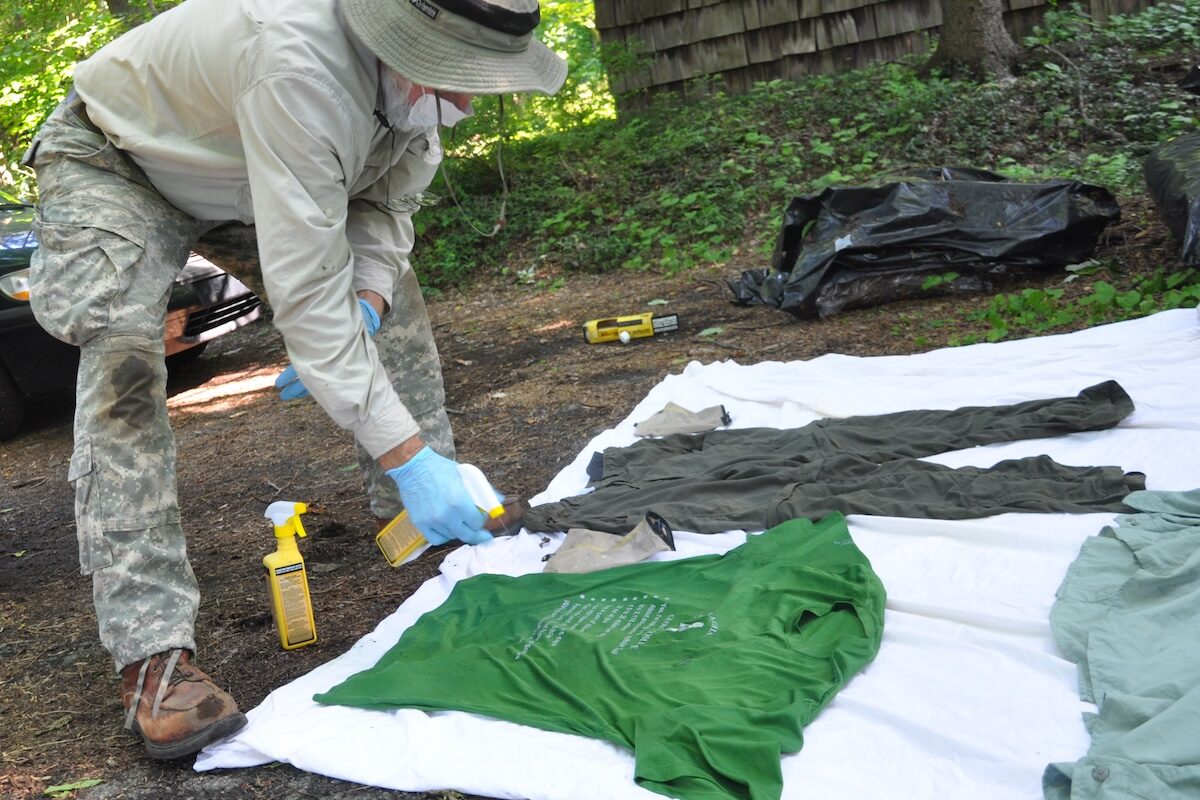
1. Apply permethrin to clothing and gear
Permethrin is a safe and effective chemical that is applied to clothing and gear to repel and kill ticks and other biting insects. A 2011 study found that subjects wearing outfits treated with permethrin received 3.36 times fewer tick bites than subjects wearing untreated outfits.
Permethrin is widely available to hikers, with many outfitters in trail towns selling the easy-to-use spray treatments. It only needs to be sprayed on evenly and left to dry in the sun, so it can be applied quickly during a short stop in town. Additionally, Sawyer’s permethrin spray lasts up to six weeks or six washes, providing long-lasting protection against ticks and peace of mind for hikers. Regarding chemical safety, the EPA reports that even after long-term, repeated use, permethrin-treated clothing is unlikely to pose any significant immediate or long-term health risks to wearers. Click here for an informative guide on applying permethrin.
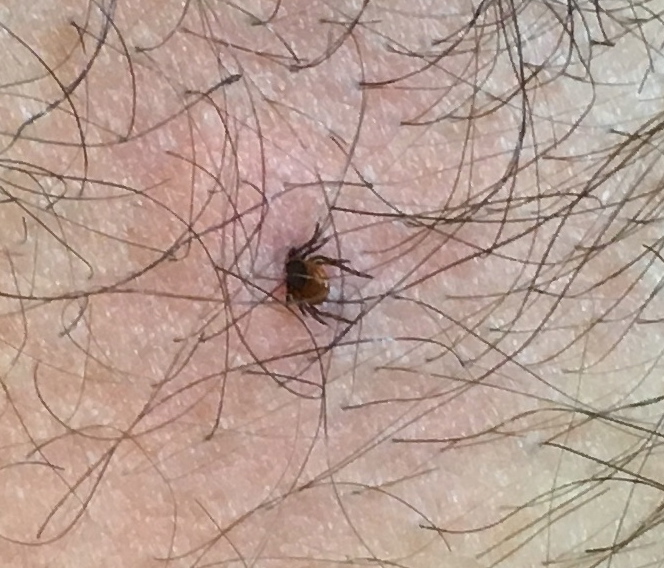
2. Conduct daily full-body tick checks
While taking a gander at your cracks and crevices after a long day of hiking might not be the first thing on your mind, full-body tick checks are a highly recommended prevention measure against tick-borne illness. Ticks transmit disease through bites, meaning that finding and removing them early is key to avoiding illness. Additionally, tick checks can reveal any attached ticks, alerting you to the fact that you should remove the tick and monitor for symptoms.
Although tick checks might seem tedious, a mirror can make the process much easier. One creative hiker I met at the 2025 Trail Days festival shared that they carry a compact mirror to help them see hard-to-reach spots where ticks like to hide. Plus, it’s lightweight and easy to pack. Making tick checks part of your nightly camp routine could make all the difference when it comes to catching ticks early and preventing illness.
A 2011 study found that self-efficacy (one’s belief in their ability to do something) plays a big role in whether someone regularly performs tick checks. If you want to boost your confidence and become a pro at spotting ticks, check out this detailed guide to performing tick checks here.

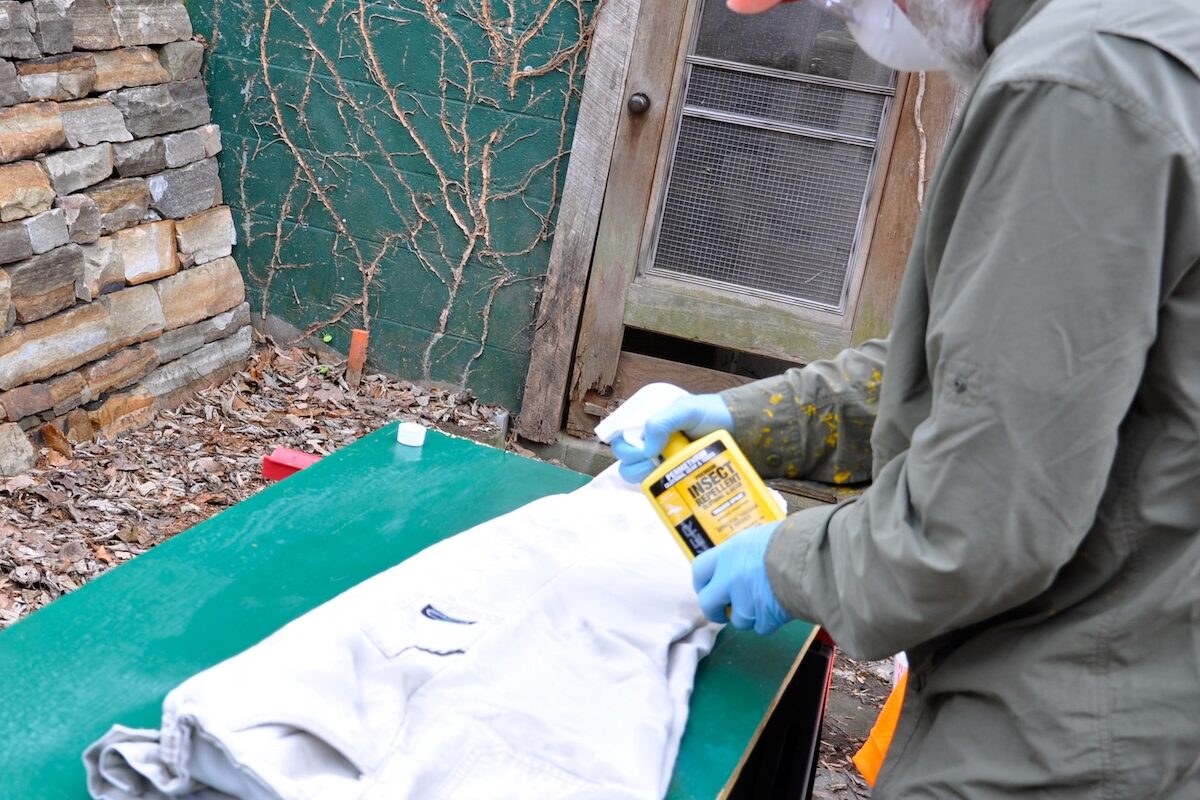
3. Avoid sitting directly on the ground or logs
The ATC recommends that hikers avoid sitting directly on the ground or on logs to help prevent tick bites. Sitting in areas where ticks live can raise your risk, as a 2020 study found that the species of tick responsible for Lyme disease actively seeks out nearby stationary hosts. This means that your peaceful lunch break on a log could actually make you an easy target.
Luckily, there’s an easy fix to help keep ticks away. Carrying a sit pad and treating it with permethrin can make your breaks more comfortable, while also creating a barrier against nearby ticks. Sit pads are lightweight, multi-purpose, and in my experience, they also make a great makeshift pillow. This is the sit pad I use, and it weighs just 0.2 ounces.
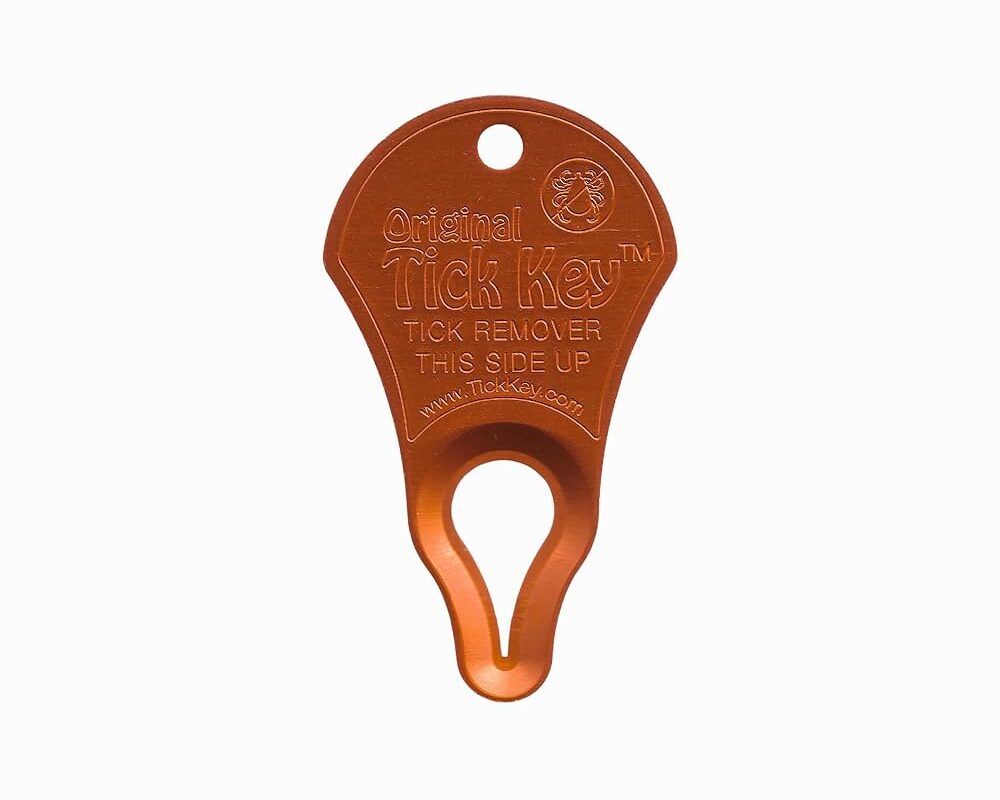
4. Carry a tick removal device
Regardless of the prevention measures you choose to take, you may find yourself in a situation on the Trail where a tick has gotten past your defenses and is engorged in your skin. Effective tick removal means taking out the entire tick, including the head, which can be hard to do without the right tool.
Carrying a tick removal device is an easy way to be prepared in case of a tick bite. The ATC recommends using the Tick Key for tick removal, a lightweight tool that safely and quickly removes ticks by gently levering them off, ensuring the entire tick is removed without any direct contact. Tick keys are easy to use and easy to carry, making them an accessible prevention measure for hikers. They can be bought online for under $10 here.


5. Have a plan for seeking medical attention
It’s important to be prepared to seek medical treatment if needed while on the Trail. The CDC recommends seeking medical treatment if you have symptoms of a tick-borne illness, and in some cases, immediately after a tick bite. Check out the CDC’s detailed guide for what to do after a tick bite here.
If you do need to seek medical treatment, being in remote locations can pose significant barriers. Having a plan for how to get off the Trail can help you stay prepared to prioritize your health. I recommend downloading and using the FarOut app for up-to-date information about nearby towns and transportation, downloading Uber or Lyft in advance for transportation if needed, and having a photo of your medical insurance information saved on your phone. Following these steps can make the process of getting off trail much smoother, enabling you to seek treatment quickly and get back to your adventure as soon as possible.
Ticks may be tiny, but their impact on hiker health is serious. By using practical, trail-friendly prevention strategies, you can significantly lower your risk of tick-borne illness and keep your focus on enjoying the miles ahead. Stay safe and happy hiking!
Discover More
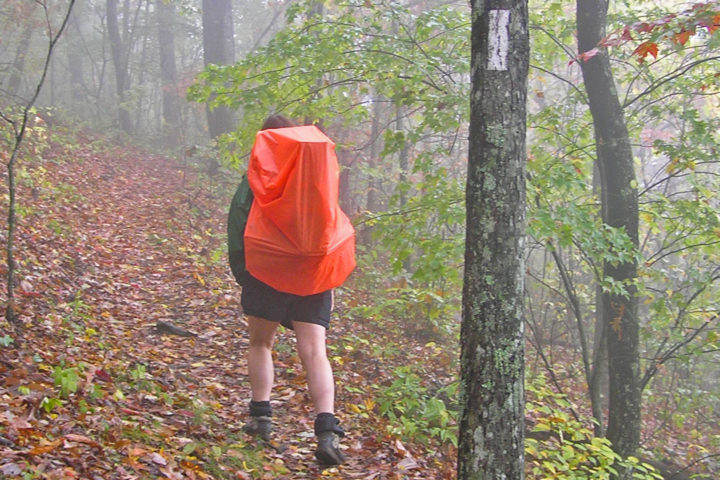
Plan and Prepare
Safety
Learn about the hazards you may face when hiking the Appalachian Trail and how to avoid or prepare for them is the best way to stay safe.

Plan and Prepare
Health & Hygiene
Spending time in nature requires special preparations to stay healthy when you’re away from civilization.

Plan and Prepare
Hiker Resource Library
A collection of resources for hikers to stay safe, healthy, and responsible on the Appalachian Trail.
